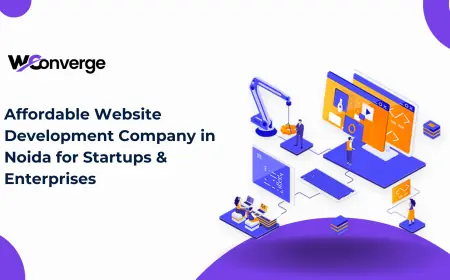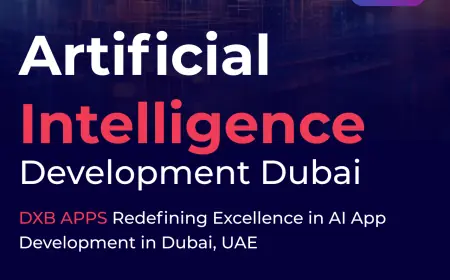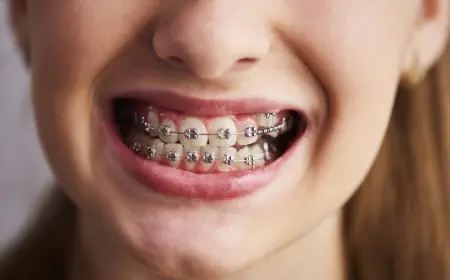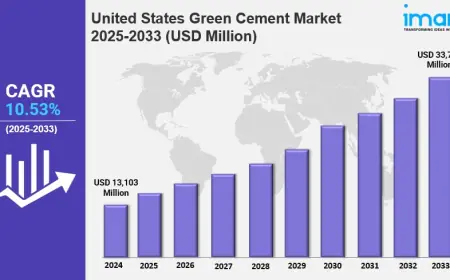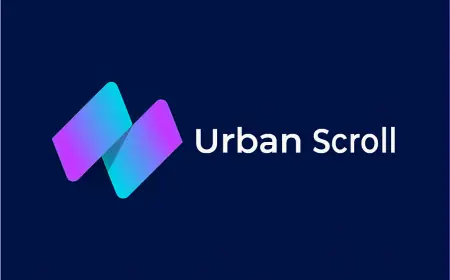Website Design Using with AI
Discover how artificial intelligence is revolutionizing website design by enabling smarter layouts, enhanced user experiences, and faster development cycles. This article explores AI-powered tools, benefits, and future trends in modern web design. Learn how AI is transforming website design with automation, personalization, and intelligent design tools. Explore the benefits, tools, and trends that are shaping the future of web development using artificial intelligence.
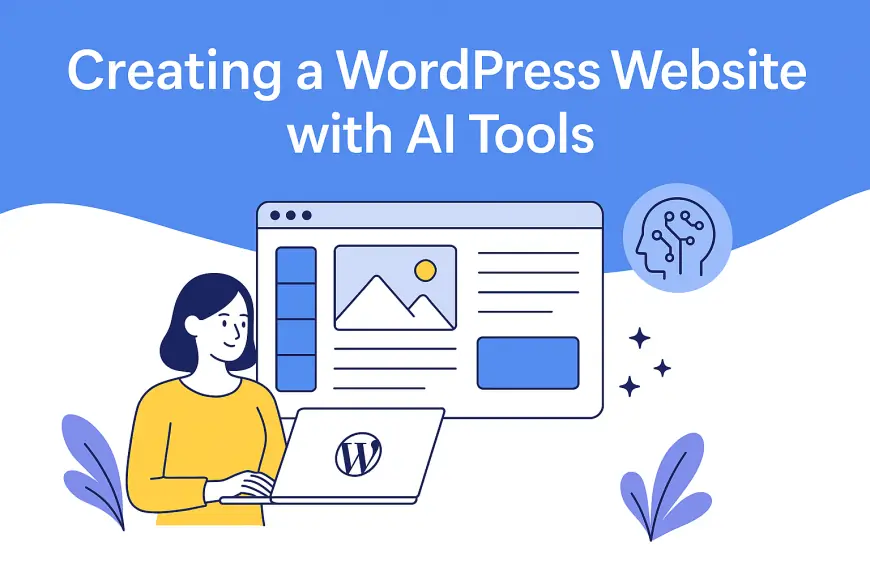
Website Design Using AI: The Future of Smarter Web Experiences
In today’s fast-paced digital world, artificial intelligence (AI) is redefining how websites are created and optimized. What once required a team of designers and developers can now be accelerated—and sometimes completely automated—through intelligent systems and AI-powered tools. Let’s explore how AI is transforming website design, and what that means for businesses, developers, and users.
1. What is AI in Website Design?
AI in website design refers to the use of machine learning algorithms, natural language processing, and other intelligent systems to automate, enhance, or personalize various aspects of web design and development. This can include layout generation, user behavior analysis, content creation, and more.
2. Benefits of Using AI for Web Design
-
Speed & Efficiency: AI tools can design basic web pages in minutes, reducing manual coding.
-
Personalization: AI can adapt content and layouts to suit user behavior and preferences.
-
Better UX: Machine learning can analyze heatmaps and engagement data to optimize user experience.
-
Cost-Effective: Automating routine tasks reduces the need for large teams or long development cycles.
3. Popular AI-Powered Web Design Tools
-
Wix ADI: Uses AI to build customized websites based on user input.
-
Bookmark: A no-code platform with AI assistant “AIDA” that designs websites in real time.
-
Zyro: Uses AI to help generate content, images, and layout suggestions.
-
Framer AI & Webflow: Allow design-to-code generation using AI suggestions.
4. AI in UX/UI Design
Modern UI/UX design benefits greatly from AI:
-
Heatmap Analysis: Tools like Crazy Egg or Hotjar use AI to interpret user interaction data.
-
Voice & Chatbot Interfaces: Integrate AI chatbots (like ChatGPT or Drift) for real-time assistance.
-
Accessibility Improvements: AI tools ensure WCAG compliance and auto-adjust designs for better accessibility.
5. Challenges of AI-Driven Web Design
-
Limited Creativity: AI still struggles with original creative thinking compared to human designers.
-
Dependence on Data: Poor input leads to poor design output.
-
Over-Reliance: Fully automated design may miss nuanced brand or cultural elements.
6. Future Trends to Watch
-
AI + AR/VR Web Experiences
-
Generative Design Tools
-
Voice-Activated Interfaces
-
Fully Autonomous Web Design Platforms
Conclusion
AI is not here to replace web designers—but to empower them. By handling routine tasks, offering smart suggestions, and enabling rapid prototyping, AI is turning website design into a faster, smarter, and more dynamic process. As tools continue to evolve, designers who embrace AI will have a significant edge in creating compelling, data-driven digital experiences.
What's Your Reaction?
 Like
0
Like
0
 Dislike
0
Dislike
0
 Love
0
Love
0
 Funny
0
Funny
0
 Angry
0
Angry
0
 Sad
0
Sad
0
 Wow
1
Wow
1
